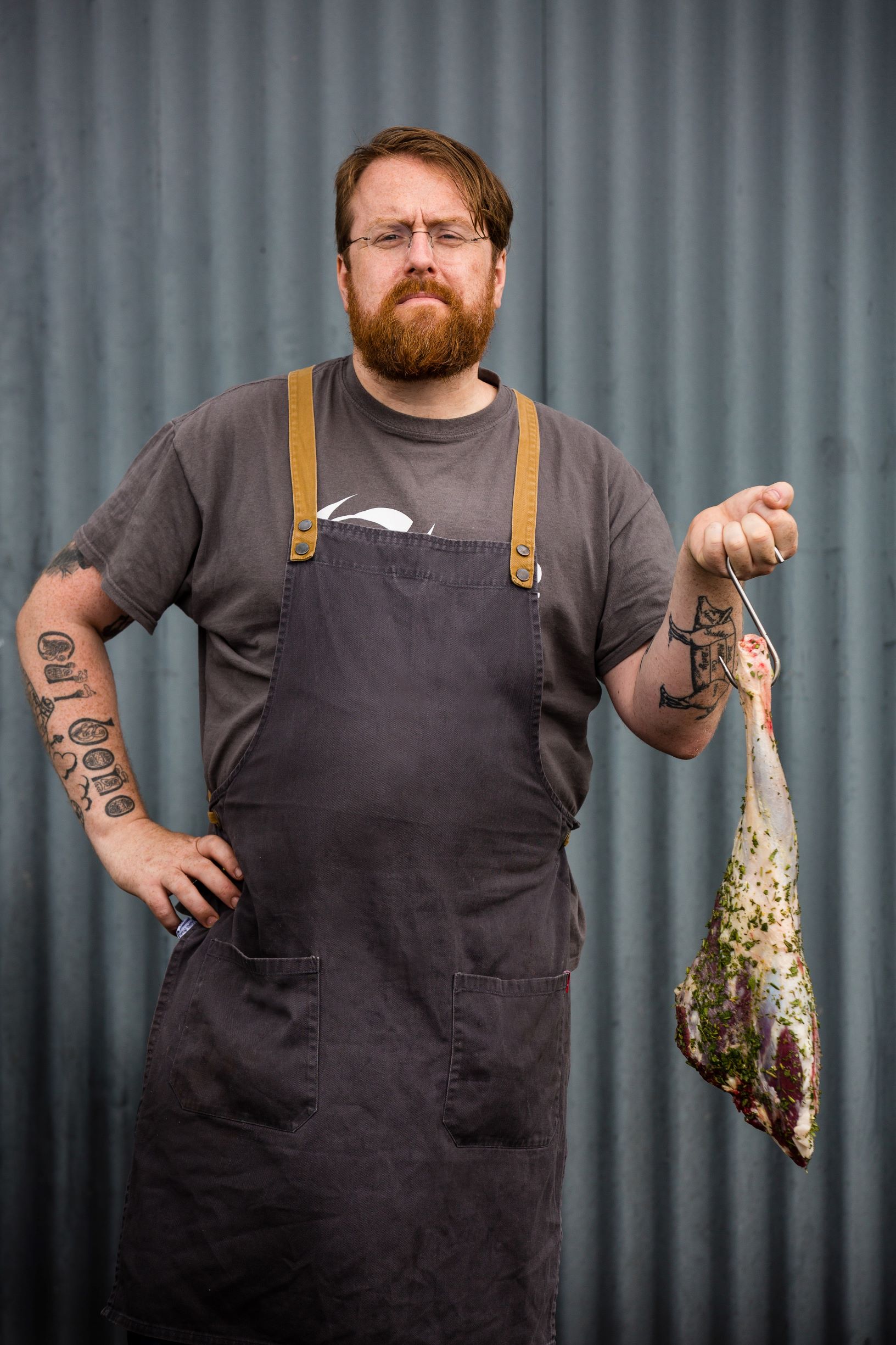
Jp McMahon on what to cook for St. Patrick’s Day
Tomorrow's parades might be cancelled and the supermarket shelves may be thinning out, but that’s no reason not to celebrate Irish heritage
Across the world, St. Patrick’s Day parades are either being postponed or cancelled. But that doesn’t mean you can’t celebrate Irish heritage with food, drink, and hospitality with some (carefully selected) close friends. Jp McMahon, the Galway chef, host of the Food on the Edge chefs’ symposium and author of The Irish Cookbook, ran us through his guide to hosting a great St Patrick’s Day party - at home when he was in London for his Irish Cookbook tour a week or so back.
Be very hospitable (or as hospitable as you can be, given the circumstances) Though Coronavirus precautions restrict socializing, McMahon says that, under normal circumstances, Irish hospitality norms would most hosts to invite “one and all.”
“Usually, you’d invite everyone. 100 per cent. It’s one of the nicest things that people say, when they’re coming to Food on the Edge. They always say, ‘Oh, I’ve heard the Irish people are really nice.’ It’s always a pleasant surprise. I’m not sure whether Irish hospitality is so well known because so many people left the country, or because there were very strict hospitality rules in Ireland during the Middle Ages, but the Irish have always been a very hospitable people. So you’d usually invite everyone.”
If you don’t want to spend hours in the kitchen, or the supermarket shelves are bare, there are plenty of simple dishes you can make “Serve soda bread, with some Irish smoked salmon, some crème fresh and some trout roe. It’s really simple; just buy those things and put them together, maybe with some watercress, or also sour cream. Or get some Irish oysters and dress them with a few ingredients. Irish shellfish are great. That’s a good way to celebrate the country’s produce.”
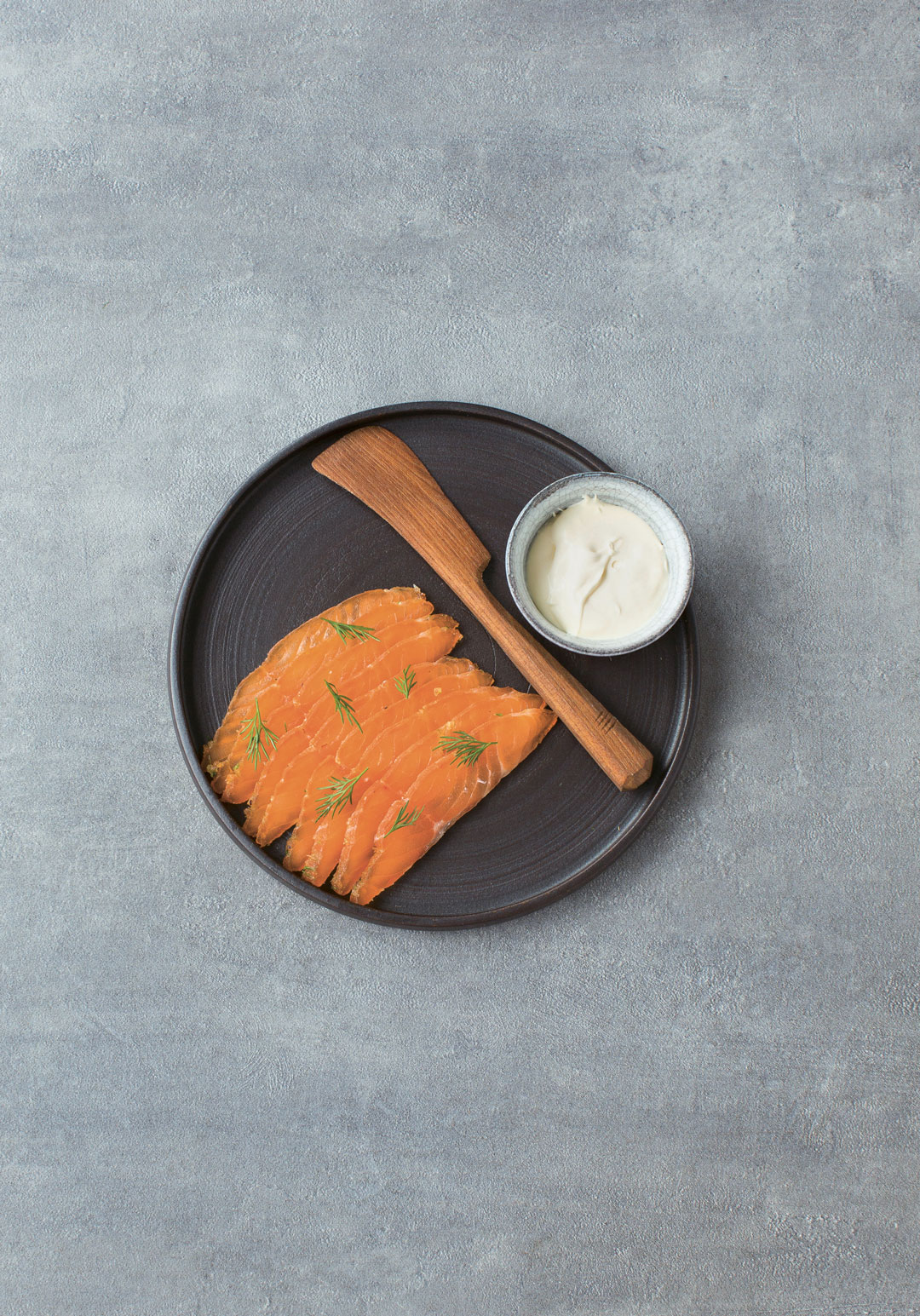
But if you planned ahead, bring a taste of the countryside into the kitchen. "Lamb is the obvious meat to cook, and a stew would be very traditional. But I would actually try lamb cooked in hay. It’s both a modern and also an old way of cooking lamb; it’s something we do in my restaurant, and it’s something that’s been popular over the last couple of years. It actually dates from the Bronze Age, and it gives a sort of smell of the countryside and nostalgia.”
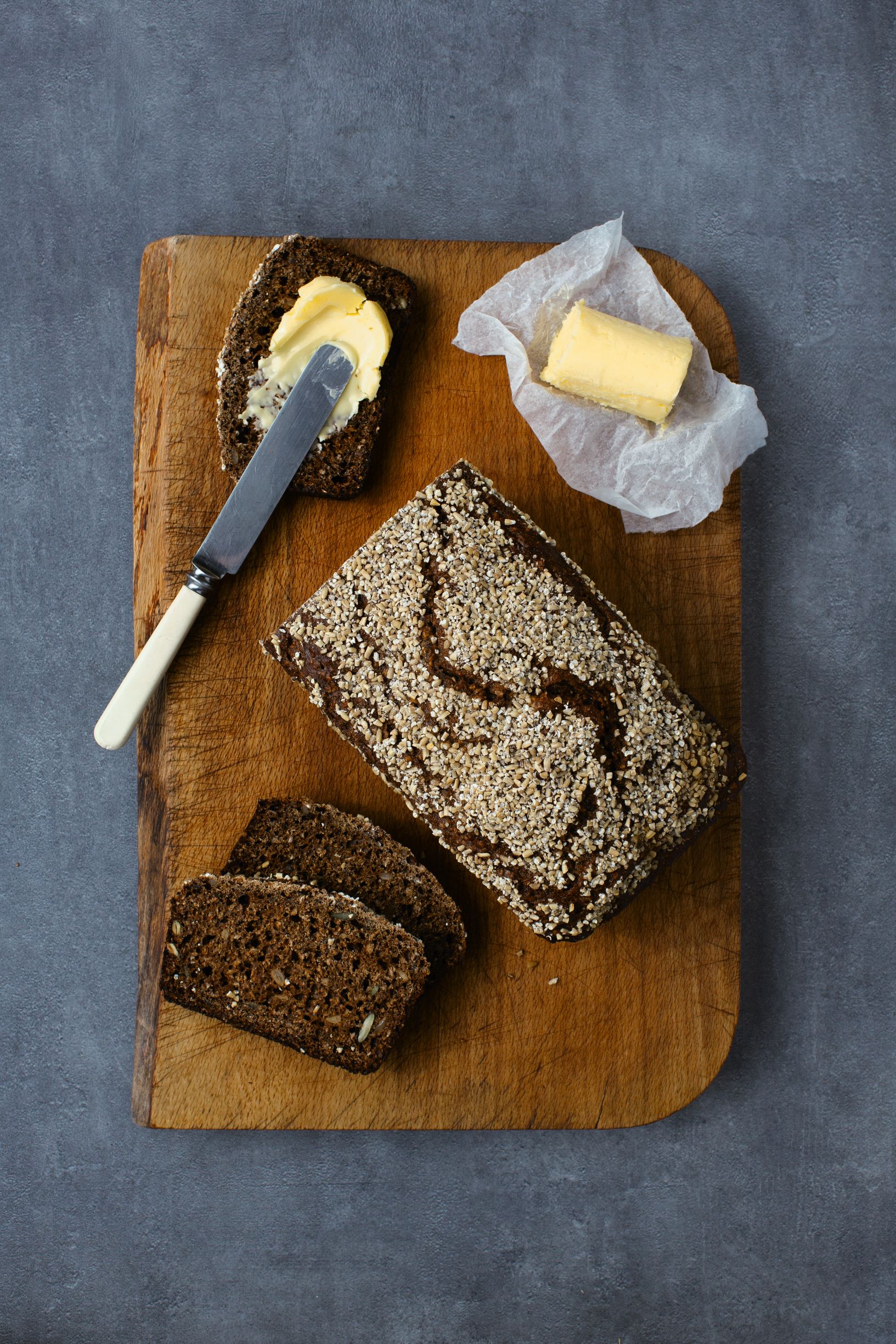
Get in the Guinness, though try some other stouts and porters too “Guinness is the gateway into a whole world of Irish stout and porter,” says McMahon. “You’ve got Murphy’s, O’Hara’s, Galway Hooker, and Galway Bay Brewery’s Buried at Sea, which is a milk chocolate stout. You should really try the others.”
You can serve Irish coffee too. It is really Irish (even if the mix of coffee and whiskey might date back a little further) “It was invented by Joe Sheridan in Shannon Airport in 1947, when transatlantic flights recommenced after World War II,” says McMahon. “However, a combination of whiskey with coffee as a cocktail has been part of both Irish and European culture for much longer. In nineteenth-century Vienna, coffee houses served coffee cocktails topped with cream.”
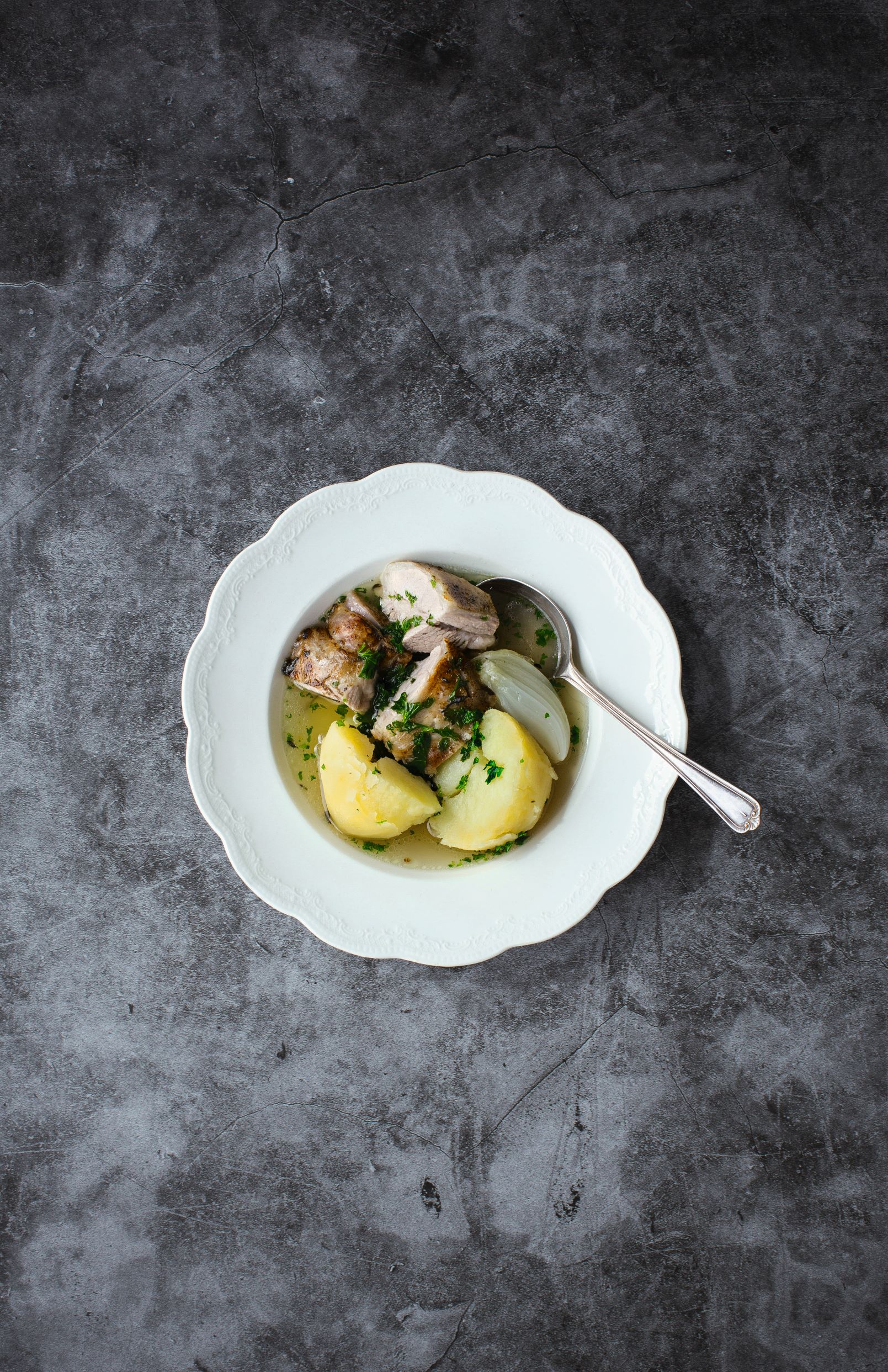
If you’re entertaining Irish-Americans, consider a dish like corned beef and cabbage, which is really an immigrant creation "Corn beef and cabbage isn’t really eaten in Ireland; or actually I should say it’s only eaten in Ireland after it made its way back from America. I think perhaps the Irish took cabbage and bacon over there, where beef was more readily available, and maybe, since pastrami and cornbeef are quite similar, there might have been some interaction there between Irish and Jewish butchers, leading to this dish.”
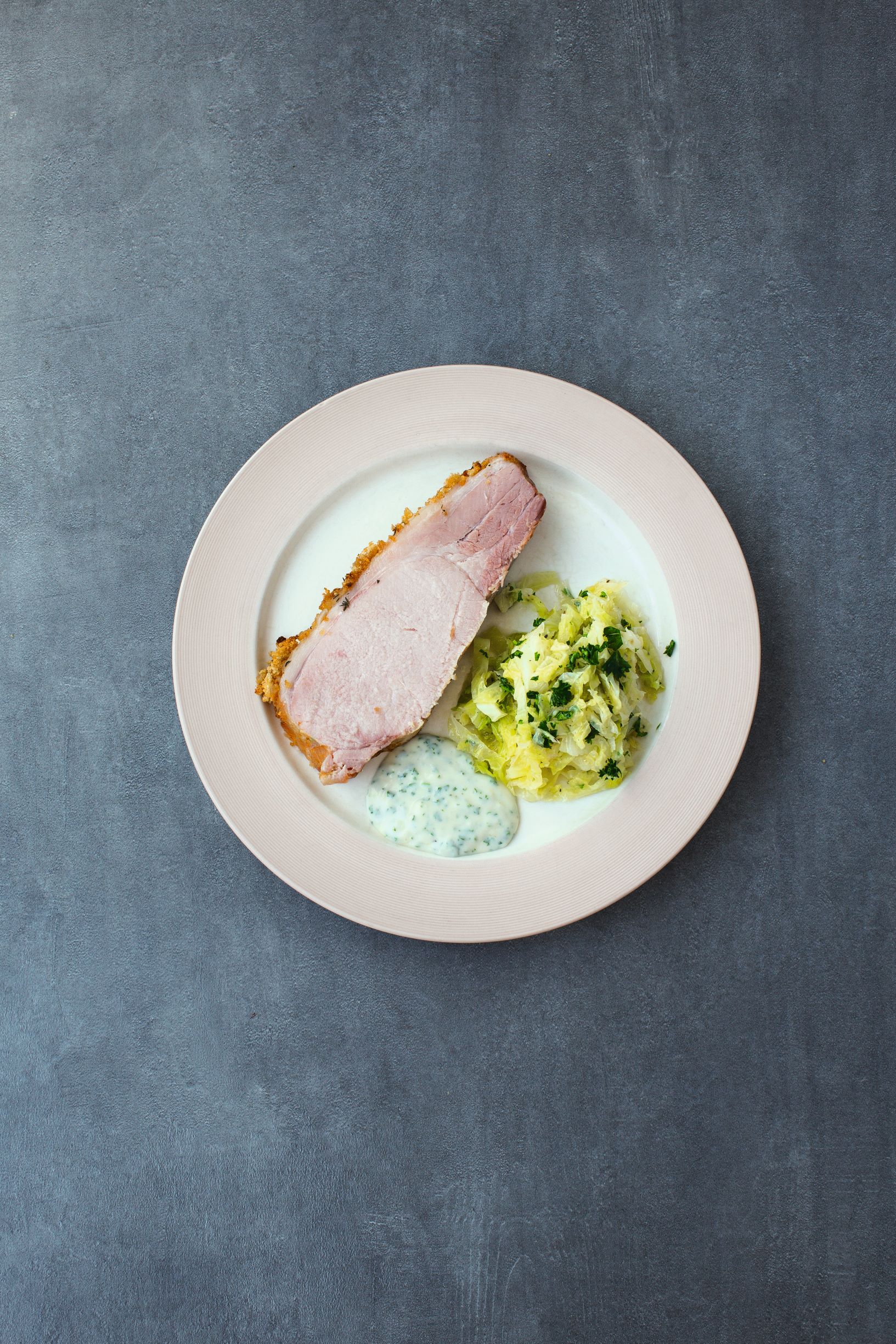
Hold off on the shamrocks, unless you want to evoke the Irish-American experience. “You could take the traditional route and paint the house green and put up your shamrocks and all of your leprechaun posters,” says McMahon. “Though that probably draws on the tradition in the States, where St. Paddy’s Day is bigger, because of the immigrant desire for some sort of heritage. In Ireland it’s more understated, and I would keep it more understated, if I was throwing a party. I wouldn’t dye a soup green or anything like that.”
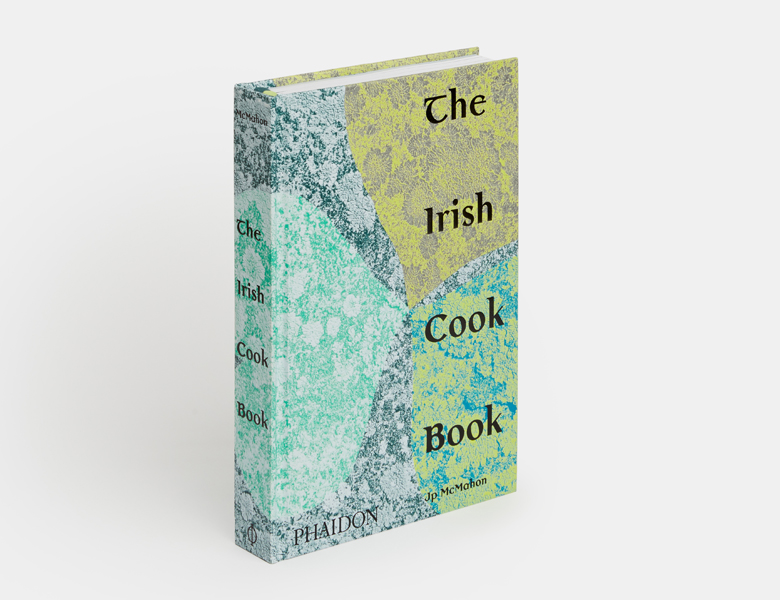
For all the recipes, as well as much more culinary and cultural insight from McMahon, buy a copy of The Irish Cookbook here. Irish food is nutritious, easy to buy and simple to create at home.